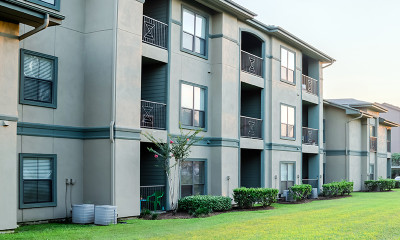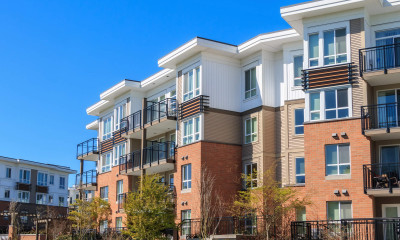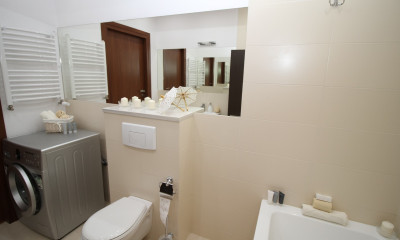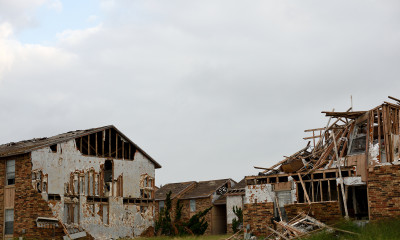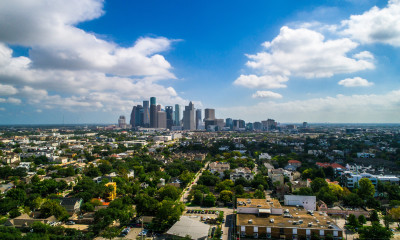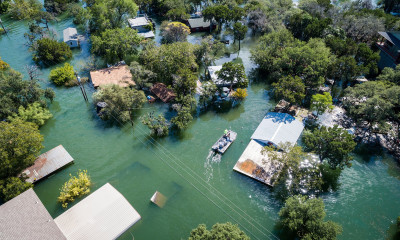Water Damage Timeline
 What to Do Immediately After Flooding in Order to Prevent Mold from Growing in Your Home or Business
What to Do Immediately After Flooding in Order to Prevent Mold from Growing in Your Home or Business
Floods can cause many kinds of damage within a building – broken windows, stained carpets, mechanical equipment malfunction – but one of the worst after-effects of flooding could be mold. Most home and business owners don't think about mold until they are affected by it and then, the smell, unsightliness and health effects can be hard to ignore.
As public insurance adjusters, Jansen International’s team of experts see dozens of property insurance claims each year for mold and many of these claims could have been prevented. Why? When water damage is not cleaned up quickly due to limited access to buildings after floods, tornadoes, wildfires, hurricanes and other natural disasters, the situation can get even worse.
"The longer that water sits in a building, the more likely it is that mold will grow, and the longer you wait to clean the mold, the harder it is to deal with," said Luis Esteves, Principle at Adjusters International.
The bad news? Many policies offer limited coverage for cleaning and removing mold. Whether they will pay for the remediation work depends on how much coverage was purchased and also on what caused the water to enter the building in the first place. For example, floodwaters that flow into the building from outside during rainstorms, hurricanes and other natural disasters, are considered flooding and are only covered by policies that have been purchased from the National Flood Insurance Program (NFIP). However, if the flooding was caused by something inside of the building, such as a broken pipe or faucet, then it will generally be covered by a standard insurance policy.
“There is a high likelihood of mold damage after floods such as the recent storms in Texas and Mississippi but NFIP policies often have a $5,000 mold limitation which can mean the insured may have to dig into their own pockets to repair extensive mold damage,” said Esteves. “There is a 30-day waiting period to purchase flood insurance from the NFIP so consumers should make sure that they’ve added coverage well in advance of any storms.”
The good news? Mold damage can be limited by responding quickly and thoroughly. How? Esteves advises home and business owners who are dealing with flooded properties to:
1) Stop the source of water flow and moisture
This means tarping broken roofs and windows, boarding up broken doors and walls and turning off the main water valve which is usually located outside of the building near the water meter. These steps will help to prevent broken pipes from adding to the water flow.
2) Remove standing water and dry out the remaining moisture
Sub-pumps can be used to pump water out of the building and ventilating fans can be installed to dehumidify the air.
3) Remove all wet furnishings and décor
Rip up and dispose of wet carpeting, and remove all wet furniture, decorations and personal property. Damaged items can be stored offsite until a determination has been made as to whether or not they can be cleaned and repaired.
Esteves advises policyholders facing flooded buildings to only use certified mold remediation specialists to help with the tasks above and to check with their agent, broker or insurance company before permanently disposing of any items. He suggests hiring a firm that specializes in mold remediation and has all of their certifications to help you limit water damage and limit the chance of mold growth since mold can be very serious and should not be taken lightly.
For immediate assistance with your hailstorm property insurance claim, contact Luis Esteves at 800.779.8714 or at lesteves@ai-adjusters.com.
For further reading, visit:
- "12 Ways to Reduce Water Damage"
- "Four Fast Facts About Flood Claims"
- Disaster Recovery Today "Water Damage: Mold & Salt Water Inundation"
- Podcast "Flood Insurance"

